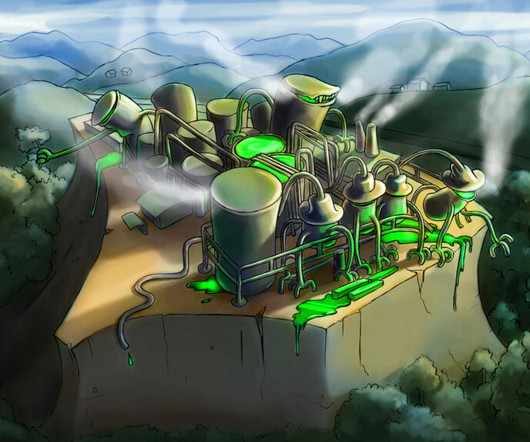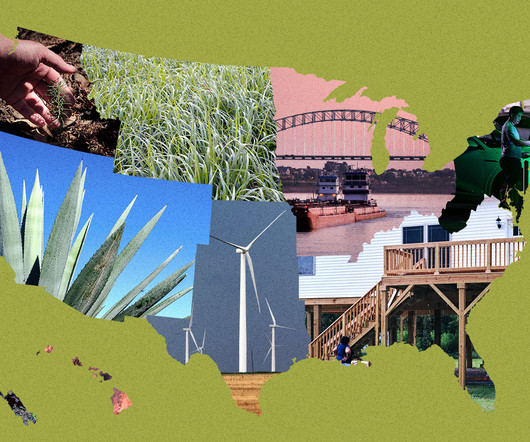Analysis: How did the 2019 legislative session fare on climate justice?
Front And Centered
MAY 17, 2019
It allowed the state to “remedy discrimination against, or under-representations of, disadvantaged groups as documented in a valid disparity study or proven court of law.” This affects not only issues like education, but the states policies and resource allocations related to issues like climate, energy and the environment.















Let's personalize your content